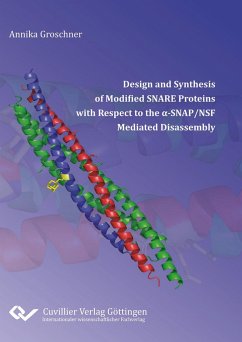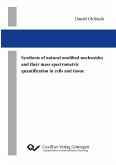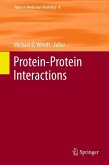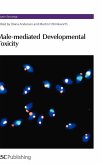Soluble N-ethylmaleimide-sensitive attachment receptor (SNARE) proteins are the key players in membrane fusion. Localized in opposed membranes, they assemble via the SNARE motif in a stable four-helix bundle bringing the membranes close to each other and promoting membrane fusion by using the energy release during complex formation. SNARE complex assembly is regulated by several proteins. One of these, Complexin, is known to partially associate with the core complex, it may stabilize SNARE complex intermediates and unbinds upon calcium trigger. Nevertheless, the exact function of Complexin is still under discussion. After membrane fusion the recycling of free SNARE proteins is mediated by the AAA+ protein NSF in conjunction with its cofactor a-SNAP. Afterwards, the individual SNARE proteins are available for another round of membrane fusion. To date, no effective model systems for preventing or at least decelerating the disassembly mechanism are known. Development of a potent inhibitor of the a- SNAP/NSF mediated disassembly was carried out. Therefore, the SNARE motif of Synaptobrevin, one of the SNARE proteins, was used as a model system for the investigation of defined SNARE/SNAP complex recognition sites. The full length of the SNARE motif of Synaptobrevin was obtained using solid phase peptide synthesis. Different modifications at various residues within the sequence were introduced in order to identify important interactions between a-SNAP and the SNARE complex and to prevent a-SNAP recognition. Additionally, the regulator protein Complexin was synthesized as a ß-peptide analog, also designed to inhibit the disassembly mechanism by preventing a-SNAP recognition through enhanced interaction between the ß-mimic and the Synaptobrevin and Syntaxin helices. By development of the Complexin ß-peptide mimic as a 14-helix, the advantages of a well-defined secondary structure with high helix propensity are obtained. Furthermore, the binding fragment of Complexin was performed as a-peptide, extended with amino acids known to promote the a-helical propensity. For understanding of biological systems the investigation of conformational dynamics and interactions of individual proteins is important. Therefore, in a final part, small independently folding protein domains were synthesized by solid phase peptide synthesis and labeled with respect to the development of the single molecule fluorescence spectroscopy (smFRET) technique. This method is a convenient tool of monitoring single folding and unfolding events of proteins.
Hinweis: Dieser Artikel kann nur an eine deutsche Lieferadresse ausgeliefert werden.
Hinweis: Dieser Artikel kann nur an eine deutsche Lieferadresse ausgeliefert werden.








